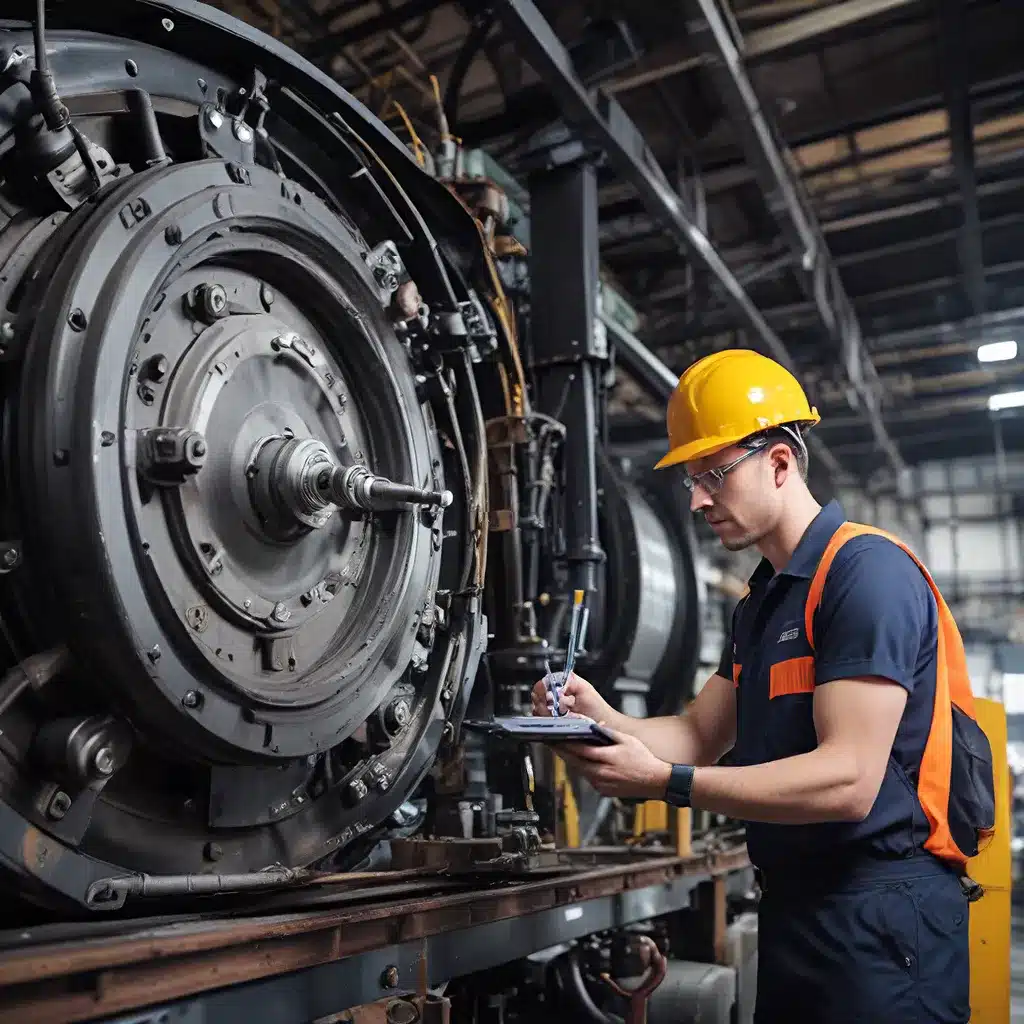
In today’s fast-paced, globalized marketplace, organizations are facing increasing pressure to extract maximum value from their existing assets and investments. Traditional approaches to asset management, such as scheduled maintenance checks and condition-based monitoring, may no longer be enough to ensure reliable, uninterrupted operations.
Predictive maintenance has emerged as a transformative strategy, leveraging advanced sensor networks, IoT technologies, and powerful data analytics to anticipate equipment failures before they occur. By proactively addressing potential issues, enterprises can minimize downtime, extend asset lifespans, improve safety, and drive significant cost savings.
Unlocking the Business Value of Predictive Maintenance
The potential benefits of implementing a predictive maintenance program are numerous and far-reaching. By integrating sensor-driven data with artificial intelligence and machine learning capabilities, organizations can gain unprecedented visibility into the health and performance of their critical assets.
Limiting Fallout: By anticipating and avoiding machine failures, enterprises can prevent cascading impacts that could slow other operations and lead to costly outages.
Elevating ROI: Preventing failures can extend the life of machines and assets, allowing businesses to extract more value from their existing investments.
Empowering the Workforce: Maintenance teams spend less time reacting to failures and more time proactively addressing potential issues, making the best use of valuable human capital.
Supporting Procurement: Knowing when a replacement part will be needed improves planning, timing, and sourcing, while also reducing the amount of spare equipment and capital tied up in unnecessary inventory.
Improving Safety: Predictive maintenance can help identify and address potential safety risks before they lead to incidents, protecting employees and assets.
Enhancing Quality Control: Assets that are heading toward failure may not operate to desired specifications, impacting product quality. Proactive maintenance can help maintain quality standards.
Managing Environmental Impact: By more efficiently using maintenance materials and reducing waste, predictive maintenance can positively impact the environmental footprint of operations.
Building a Predictive Maintenance Framework
Transitioning from reactive to proactive maintenance is a complex endeavor, requiring specialized skills, knowledge, and a comprehensive, integrated approach. Successful predictive maintenance programs typically involve the following key components:
Data Collection and Integration: Integrating sensor data from equipment, historical maintenance records, production data, and other relevant sources is crucial for gaining a holistic understanding of asset performance.
Advanced Analytics: Leveraging AI and machine learning algorithms to analyze the collected data and identify patterns, trends, and early warning signs of potential failures is the foundation of predictive maintenance.
Automated Recommendations: Predictive models can generate prioritized maintenance recommendations, guiding the maintenance team to focus their efforts on the most critical issues.
Workforce Enablement: Providing the maintenance team with the necessary training, tools, and workflows to interpret and act on the predictive insights is essential for driving organizational adoption and realizing the full benefits.
Continuous Improvement: Regularly reviewing the performance of the predictive maintenance program, incorporating feedback, and refining the algorithms and processes is key to unlocking greater value over time.
Overcoming Adoption Challenges
While the business case for predictive maintenance is compelling, many organizations still struggle to move beyond pilot projects and achieve successful, enterprise-wide implementation. Some of the common challenges include:
Data Quality and Integration: Collecting accurate, reliable data from a diverse set of assets and systems can be a significant hurdle, as can integrating these disparate data sources into a cohesive platform.
Workforce Adoption: Shifting the mindset and processes of maintenance teams accustomed to reactive, schedule-based approaches requires robust change management and ongoing training.
Scalability and Complexity: Expanding predictive maintenance beyond a single facility or asset type to an enterprise-wide scale can be a complex, resource-intensive undertaking.
Specialized Expertise: Implementing and optimizing a predictive maintenance program often requires skills and knowledge that may not be readily available within an organization, necessitating collaboration with external partners.
To address these challenges, organizations should consider engaging with experienced service providers, leveraging best practices, and adopting a phased, iterative approach to predictive maintenance implementation. By starting with a pilot project, proving the value, and then gradually scaling the program, enterprises can build momentum and overcome the barriers to widespread adoption.
The Future of Sensor-Driven Predictive Maintenance
As sensor networks, IoT, and advanced analytics technologies continue to evolve, the potential for predictive maintenance to transform asset management and operations is only expected to grow. Some emerging trends and innovations in this field include:
Digital Twins: The integration of 3D modeling, simulation, and real-time sensor data to create virtual representations of physical assets, allowing for more accurate predictions and optimization of maintenance strategies.
Edge Computing: Performing data processing and analysis closer to the source, at the “edge” of the network, to enable faster, more responsive predictive maintenance decisions.
Augmented Reality: Empowering maintenance technicians with real-time information and step-by-step guidance overlaid on the physical asset, improving efficiency and reducing errors.
Predictive Analytics as a Service: Cloud-based predictive maintenance platforms that leverage shared data and advanced analytics to deliver maintenance insights as a subscription-based service.
As the race to maximize asset uptime and operational efficiency intensifies, sensor-driven predictive maintenance will undoubtedly play a pivotal role in helping organizations stay competitive, resilient, and sustainable in the years to come.
By harnessing the power of sensor networks, IoT, and data analytics, enterprises can unlock a new era of proactive, intelligent asset management, ultimately transforming their operations and driving long-term, sustainable growth. To learn more about the latest advancements in this field, visit sensor-networks.org.